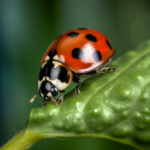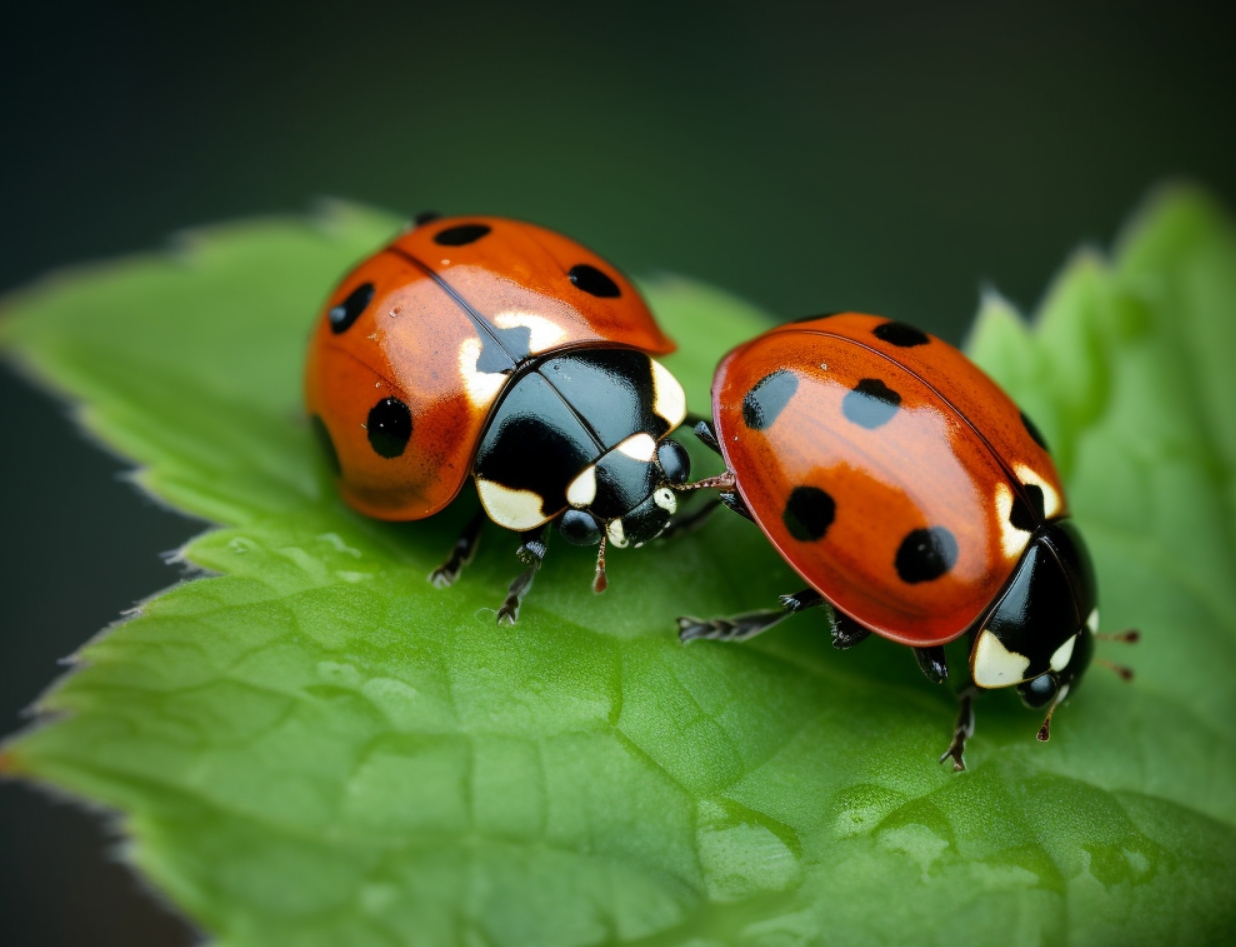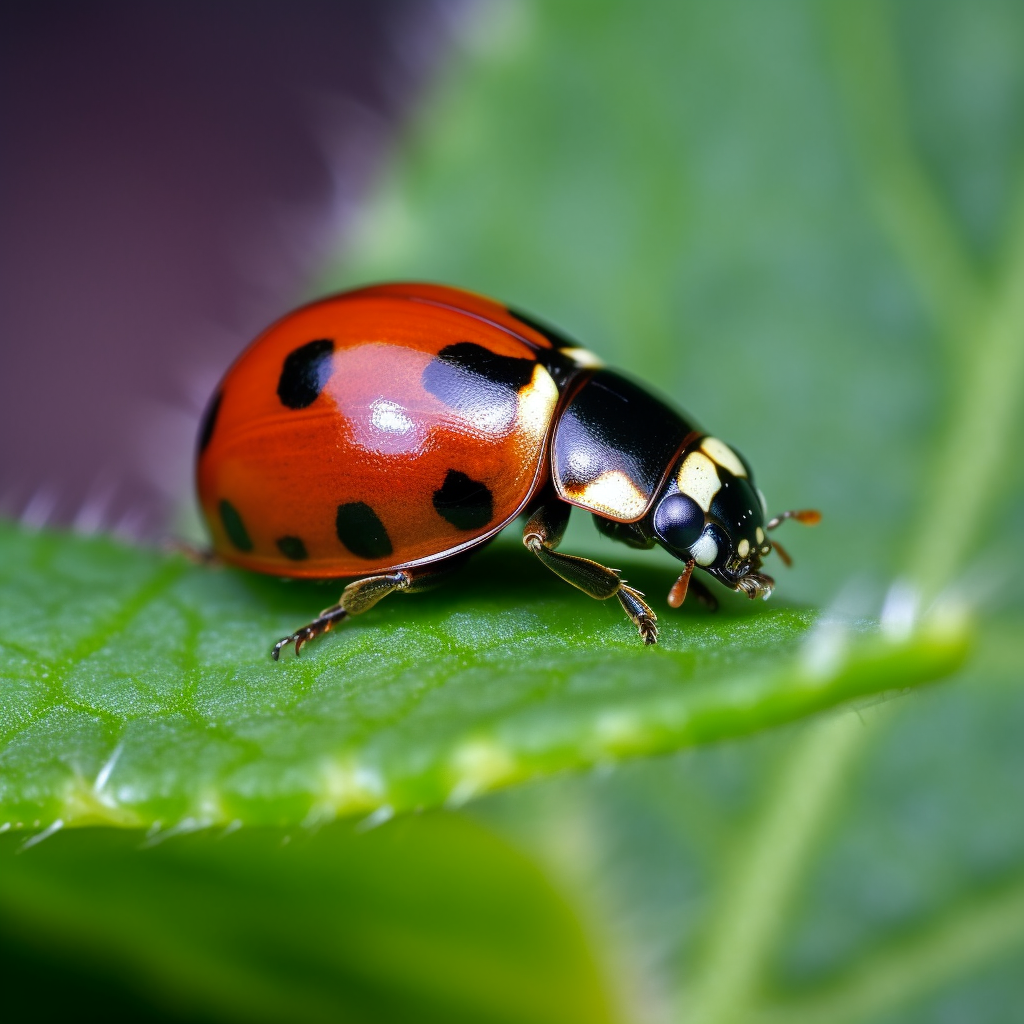If you’ve ever spent a warm summer evening outdoors, you’re likely familiar with the mesmerizing sight of lightning bugs (also known as fireflies) lighting up the night. These intriguing insects are famous for their bioluminescent displays, but have you ever wondered about their eating habits? In this article, we’ll dive deep into what do lightning bugs eat and explore their dietary preferences.
The Intriguing World of Lightning Bugs
Contents
Before we discuss their diet, let’s first take a closer look at these fascinating creatures. Lightning bugs are not true bugs, but rather beetles belonging to the family Lampyridae. They are best known for their bioluminescence, which is used to attract mates and communicate with other fireflies.
There are over 2,000 known species of lightning bugs, each with its unique light patterns and habitat preferences. Some common species in North America include the Photinus and Photuris fireflies. To learn more fun facts about these captivating creatures, visit Fun Facts About Ladybugs.
A Step-By-Step Guide to Understanding What Lightning Bugs Eat
1. Larval Stage: Predatory Hunters
The diet of lightning bugs varies depending on their life stage. In their larval stage, they are primarily carnivorous, preying on smaller insects, snails, and slugs. They use their sharp mandibles to inject a paralyzing toxin into their prey, which also helps to liquefy the insides for easier consumption.
2. Adult Stage: A Mixed Diet
As adults, lightning bugs have a more varied diet. Some species continue to be carnivorous, while others switch to a more vegetarian lifestyle. Let’s explore the different food sources for adult lightning bugs:
A. Carnivorous Species
Carnivorous adult lightning bugs primarily feed on other insects, including smaller firefly species. In fact, some species like the Photuris fireflies have earned the nickname “femme fatale fireflies” due to their deceptive hunting tactics. These cunning predators mimic the flash patterns of other firefly species to lure unsuspecting males and consume them. To learn more about the fascinating world of predatory insects, visit Do Ladybugs Eat Ants?.
B. Vegetarian Species
Vegetarian adult lightning bugs feed on nectar and pollen from flowers. This diet provides them with the necessary nutrients to sustain their short adult lives, which typically last just a few weeks. Interestingly, some firefly species do not eat at all as adults, relying solely on the energy reserves they built up during their larval stage.
C. Opportunistic Feeders
Some species of lightning bugs are opportunistic feeders, consuming a mix of insects and plant matter. These versatile insects have been known to feed on aphids, mites, and even small arthropods like mites.
3. Special Cases: Lightning Bugs that Eat Each Other
As mentioned earlier, certain lightning bug species are known for their cannibalistic tendencies. The infamous Photuris fireflies are particularly skilled at preying on other fireflies. This behavior not only provides them with sustenance but also allows them to acquire defensive chemicals called lucibufagins, which deter predators. To learn more about insect defense mechanisms, check out How Do Ladybugs Protect Themselves?.
Brands That Care About Lightning Bug Conservation
There are several organizations and brands that are dedicated to the conservation of lightning bugs and their habitats. These groups help raise awareness about the ecological importance of these enchanting creatures and provide resources for protecting them. Some notable brands include:
A. Firefly.org
Firefly.org is a non-profit organization that focuses on promoting the conservation of fireflies and their habitats. They provide educational resources, promote citizen science projects, and share the latest research on firefly populations.
B. The Xerces Society
The Xerces Society is an international organization dedicated to protecting invertebrates and their habitats. They work on a variety of projects, including the conservation of lightning bugs, monarch butterflies, and native bees.
C. Buglife
Buglife is a UK-based charity that aims to conserve invertebrates by providing information, conducting research, and advocating for policies that protect these important creatures. Their work encompasses a wide range of species, including lightning bugs.
How You Can Help Protect Lightning Bugs
Now that we’ve explored the diet of lightning bugs and learned about the organizations that support their conservation, let’s discuss how you can help protect these fascinating insects:
- Create a firefly-friendly habitat: Plant native flowers and trees in your garden to provide a source of food and shelter for lightning bugs. Ensure that you have a pesticide-free environment to support their survival.
- Reduce light pollution: Turn off unnecessary outdoor lights during firefly season, as artificial light can disrupt their mating patterns and make it difficult for them to find food.
- Support conservation organizations: Donate to or volunteer with organizations like Firefly.org, the Xerces Society, and Buglife to help protect lightning bugs and their habitats.
- Raise awareness: Share information about the importance of lightning bugs and their diet with friends and family to help promote conservation efforts.
Conclusion
Lightning bugs are captivating creatures with a diverse and intriguing diet. From their predatory larval stage to their varied adult diets, these beetles play a vital role in our ecosystem. By understanding their dietary habits and supporting conservation efforts, we can help ensure that future generations can enjoy the enchanting sight of lightning bugs lighting up warm summer nights.
As you enjoy the fascinating world of insects, don’t forget to check out other captivating topics, like Do Ladybugs Bite? and Do Asian Lady Beetles Bite?, to gain even more insight into the lives of these intriguing creatures.
FAQ
What can you feed lightning bugs?
If you’re raising lightning bugs in captivity, you can feed them based on their life stage and species-specific dietary preferences. For larval lightning bugs, provide small insects, snails, or slugs. Adult carnivorous species can be offered small insects like aphids, while vegetarian species can be given nectar or pollen from flowers.
How long do lightning bugs live for?
The lifespan of lightning bugs varies depending on their species and environmental factors. In general, their larval stage can last for several months to two years. Adult lightning bugs typically live for just a few weeks, during which time they focus on finding a mate and laying eggs.
What are fireflies’ favorite food?
Fireflies’ favorite food depends on their species and life stage. In their larval stage, they prefer small insects, snails, and slugs. As adults, some fireflies are carnivorous, preying on other insects and even smaller firefly species. Others are vegetarian, feeding on nectar and pollen from flowers. Some fireflies are opportunistic feeders, consuming a mix of insects and plant matter.
Do lightning bugs eat anything?
Lightning bugs are not known to be picky eaters, as their diet varies depending on their life stage and species. They can eat a range of small insects, snails, slugs, nectar, and pollen. However, some adult lightning bug species do not eat at all, relying solely on their energy reserves from their larval stage to sustain them through their short adult lives.




